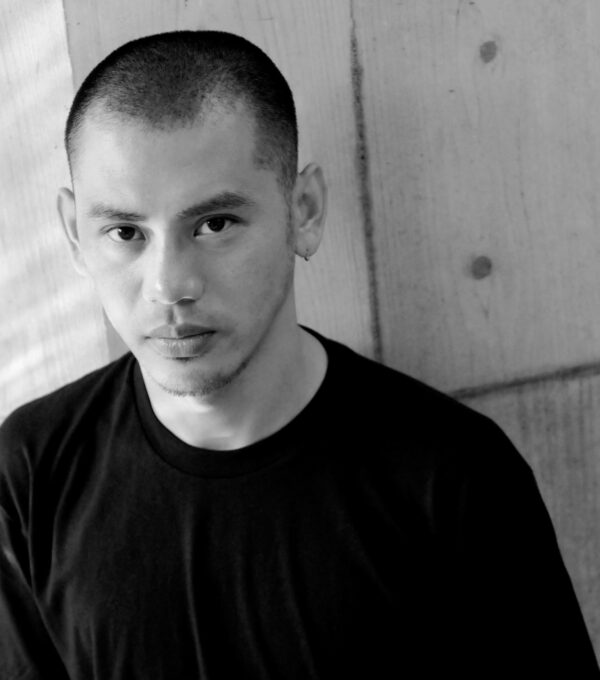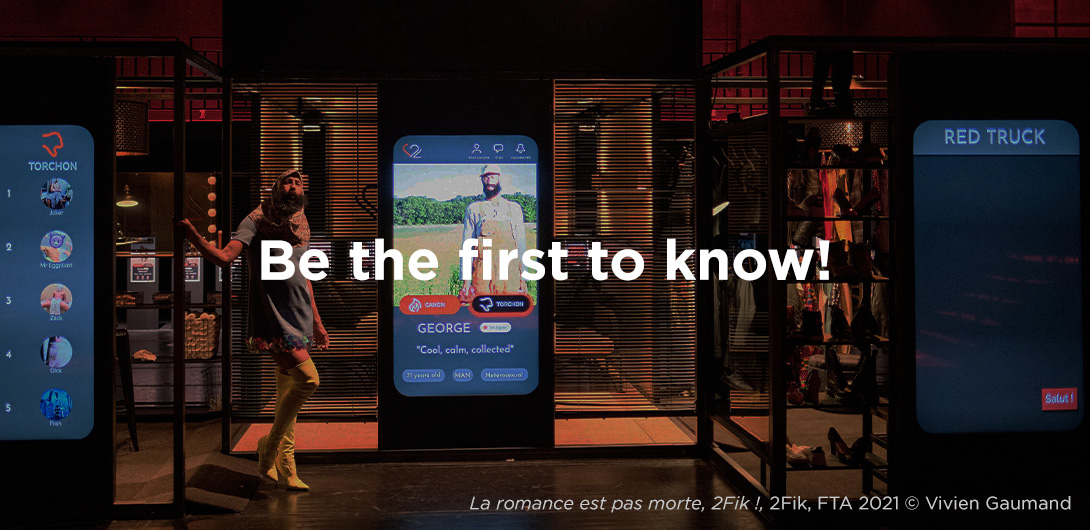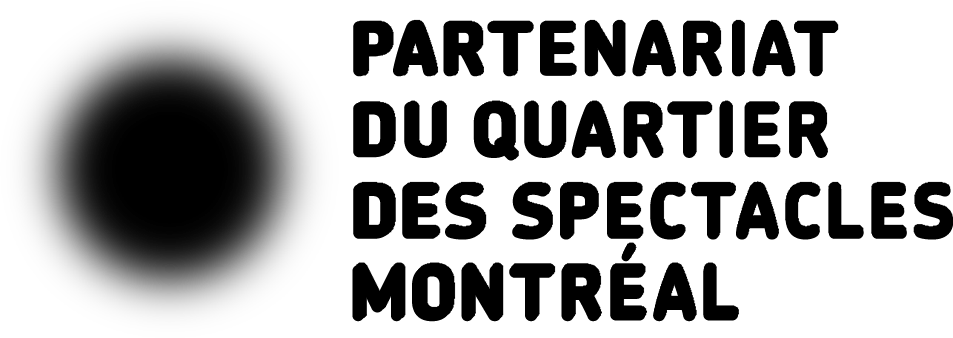How did this new piece originate and what does the title refer to?
I would like the audience to imagine themselves immersed in a new element, like when we are in water and experience strange sensations. Most of the time my dance is improvised and, as with all living things that we cannot control, small incidents occur, the random and the unforeseen appear. Even trembling muscles modify the choreography.
Sometimes the human body creates things it has not imagined, things that are more than what was hoped for. We have objectives, but along the way many accidents occur that shake up our routines.
We are subject to contingency, the chance happenings of life. The human body is not a robot; it makes a lot of mistakes, which I connect to the visuals and to the environment with an interactive system that generates visual movements that reproduce the movements I perform.
The audience can thus experience them and also find themselves in a situation of contingency. Like life, the dance has a direction, but the accidents encountered along that the road cause us to change course.
The images created are based on scientific research on the fluidity and collisions of your movements. Can you tell us what that consists of?
I study the cognitive and psychological sciences as an autodidact, for I want to learn how the senses and sensory perception function.
I’m also interested in how people recognize movement and how to choreograph nature, because the human body is part of nature, like water, air, sound and light.
I’m trying to link all those different elements together. In this piece I am concentrating on fluidity and immersion.
In my previous piece I was trying to connect my dance movements with information in my muscles, applied to the visual material to create dance movement as visual language. I’m looking for a way to connect human movement to other languages and to find a sensation, an organic feeling, to convey to the audience.
It is rare that a choreographer creates not just the dance, but also the music and the video. How do you work in those three dimensions?
It’s the way I’ve been working since I started out 20 years ago, but I need programmers and other specialists to support me.
For me, the sound, music and choreography of the human body are all part of the same visual installation. As a choreographer I’m trying to bind them together, and I don’t really differentiate.
I start by researching the material I’ll be using, and then I compose the music.
The rest follows more or less at the same time. I’m seeking a common choreographic language for each element of the piece: the sound, the visuals and my body. My objective is to create spaces. For this art form, technology helps me link together different media, materials and the language they share.
The spectator enters into a hypnotic, almost meditative state. Is that what you are aiming for?
I want to transmit sensations, share impulses with the audience. Normally we perceive the world by means of our eyes and ears, our low-risk sensitivity.
Sometimes we overprotect our senses. I’m trying in my piece to open up the spectator’s senses by transmitting very strong stimulations that people do not experience in daily life.
By opening up their senses, people can be brought to another state, can plunge into both the head and the body. A contemporary dance audience is not used to these sorts of strong sensations provoked by video and music; it’s the sort of thing found in electronic music concerts.
Your works do not tell a story but instead create an immersive, sensorial experience. How important are sensations for you?
I’m the sort of person who experiences physical sensations and impulses quite strongly. When I think of something, it is generally centred on a sensation or feeling.
I grew up in Tokyo, a very large city where things move and change very quickly: fashion, information, building construction. It’s one of the reasons why I create these pieces.
Growing up in a context of constant transformation, I was unable to seize all the information that came my way, because there’s too much of it and it’s constantly changing.
What I believe today will no doubt be different a few days from now. Growing up in a big city like Tokyo made me lose what I could believe in. That’s why I trust the physical sensations and emotions of the body. It’s what I want to share with others.
















